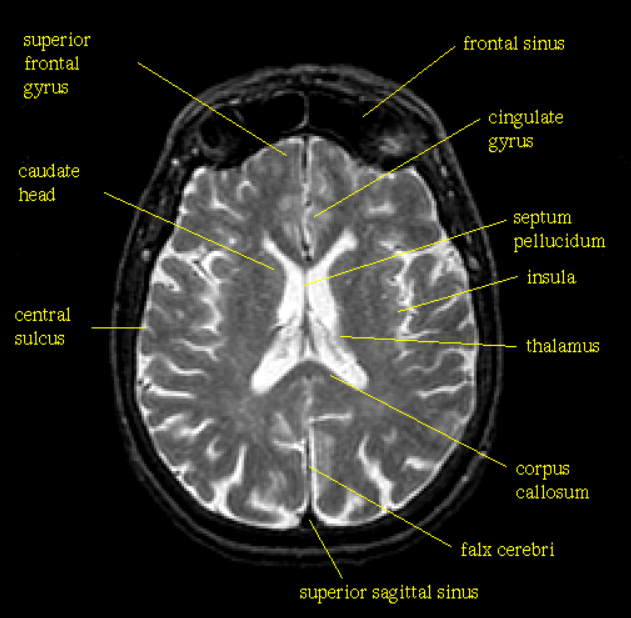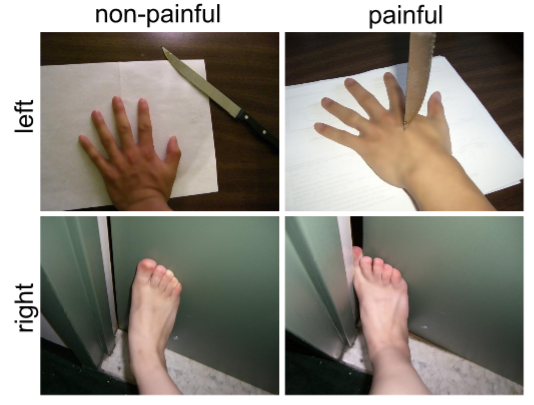Watching someone else feel pain is a painful experience. The ability to suffer not only your own pain but also that of others has “long been considered the distilled essence of our humanity” by some writers. Concern for the suffering of others has also been said to be central to moral decision making. Fortunately, this ability for empathy is widespread, and researchers have found that people are willing to pay more to reduce someone else’s pain (in a laboratory experiment involving electric shocks) than their own.
So if you have to close your eyes or avert your gaze during the Girl with the Dragon Tattoo or Aliens, you are not being craven but you are exhibiting a natural human response that presumably differentiates us from other beings.
There are, however, large individual differences in people’s extent of empathy. In particular, empathy is more limited in people with high levels of psychopathic traits. Indeed, the definition of psychopathy cites a lack of empathy as one criterion, so it is not surprising that even in an “everyday” sample of people there is an association between increasing tendencies towards psychopathy and a decreasing ability to experience empathy.
A recent article in the Psychonomic Society’s journal Cognitive, Affective, & Behavioral Neuroscience examined the brain regions that might be responsible for this variation in empathy with psychopathic traits. It has been repeatedly shown that watching someone else experience pain elicits activation in the anterior insula (AI), inferior frontal gyrus (IFG), and a region spanning the border between midcingulate cortex (midCC) and anterior cingulate cortex (ACC). Some of those regions are identified in the picture below:

To look at other structures that are not shown in the above picture, you can use an interactive brain map and choose a search term here. (I got the above picture from there, by searching for “insula”).
For their study, researchers Ana Seara-Cardoso from University College in London and her colleagues recruited male participants from the community with no recorded history of psychiatric illness. Any variations in psychopathic traits were thus likely within the normal range: Just like any other psychological or physical attribute of a person, one’s psychopathic traits can be high or low while still being perfectly “normal.”
Participants were presented with photographs showing another person’s hand or foot in painful or nonpainful situations. The picture below shows a few examples (I could look at those without wincing too much, so they should be ok for a blog post):

The only judgment participants had to make was to decide whether they viewed a foot or a hand: The emphasis in this study was not on people’s behavioral responses but on what their brains were doing in response to the stimuli. Brain activity was recorded using an fMRI scanner.
An important aspect of the study was that it primarily relied on a “region-of-interest” (or ROI) analysis. Whenever prior research has identified areas of the brain that are likely to be involved in a particular task, then those ROIs can be targeted in the analysis. The ROI approach avoids the problems associated with looking at all regions of the brain simultaneously, which requires stricter statistical control to avoid the detection of spurious clusters that have arisen by chance alone.
The results replicated previous findings: Those brain regions thought to be involved in empathic responding were also active in these participants whenever they observed another person’s limb in a painful situation.
Seara-Cardoso and colleagues were most interested in the individual differences in brain activations, and how they varied as a function of a person’s psychopathic traits. Intriguingly, the researchers found that there were two distinct components of psychopathic traits that were related to brain activity in opposing ways:
On the one hand, people with higher affective-interpersonal psychopathic traits showed reduced neural responses to others’ pain. That is, people who revealed little “affective resonance” when filling in the questionnaire that examined their psychopathic traits showed little brain activity in those regions of the brain that are typically associated with empathy.
On the other hand, people with a high lifestyle-antisocial dimension of psychopathic traits (characterized by impulsivity and irresponsibility), showed the reverse association. The more impulsive and irresponsible a person appeared when responding to the psychopathic-trait instrument, the more their brains responded to others’ pain.
In other words, two distinct components of psychopathic traits had opposing effects on how much a person’s brain responded to other people’s pain.
Seara-Cardoso and colleagues suggested that these findings provide further evidence that the two dimensions of psychopathy might tap into distinct underlying vulnerabilities: One component of psychopathy is associated with a general blunted affect in response to other people’s pains. The other component is associated with the opposite; namely, hyper-reactivity to emotional stimuli and poor emotional and behavioral regulation in response to those stimuli. It is important to take into account both components in order to fully understand psychopathy and its neural bases.
However, the two components of psychopathy do share some common ground: Regardless of whether an individual is unusually callous or reacts aggressively to the slightest threat, the people around them are in for a rough ride.

1 Comment